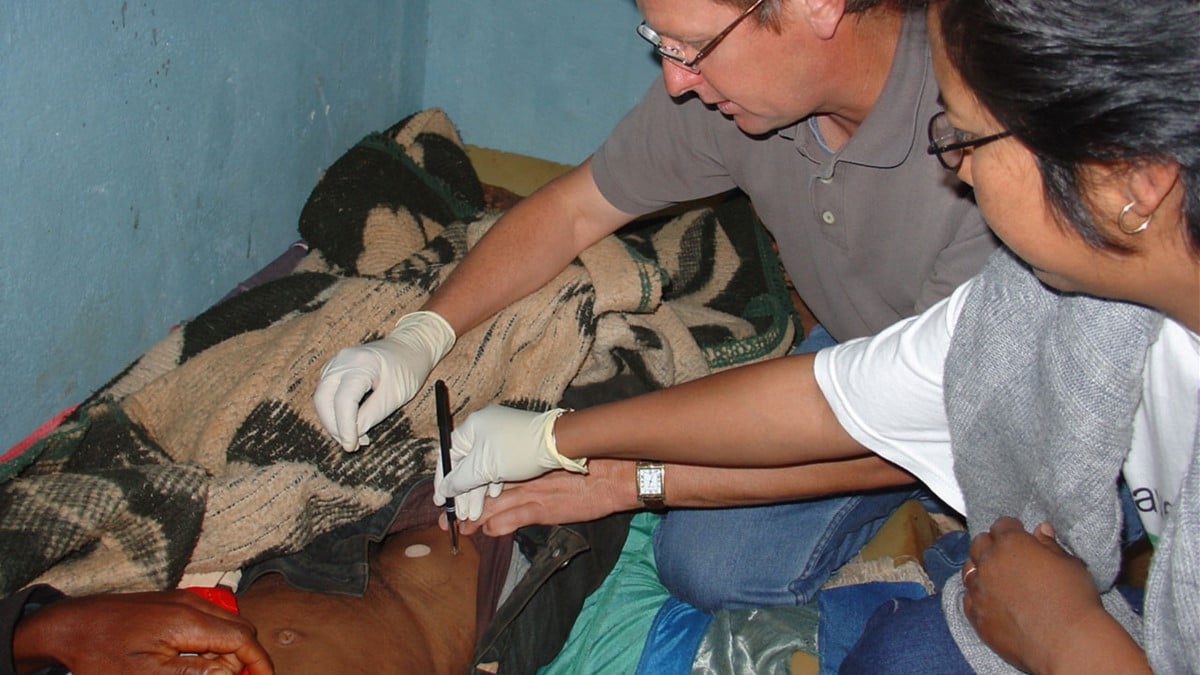Key points
- If you live or have recently traveled to the western U.S. or any other plague endemic area and have symptoms suggestive of plague, seek health care immediately.
- Diagnosis is made by taking samples from the patient, especially blood or part of a swollen lymph gland, and submitting them for laboratory testing.
- Plague is a serious illness but is treatable with commonly available antibiotics.

Diagnosis
Plague is a plausible diagnosis for people who are sick and live in, or have recently traveled to, the western United States or any other plague-endemic area. The most common sign of bubonic plague is the rapid development of a swollen and painful lymph node called a bubo. A known flea bite or the presence of a bubo may help a doctor to consider plague as a cause of the illness.
In many cases, particularly in septicemic and pneumonic plague, there are no obvious signs that indicate plague.
Laboratory testing
Diagnosis is made by taking samples from the patient, especially blood or part of a swollen lymph gland, and submitting them for laboratory testing. If plague is strongly suspected as the cause of illness, antibiotic treatment should begin as soon as samples are collected, without waiting for the final results.
Treatment
Plague is a very serious illness but treatable with commonly available antibiotics. The earlier a patient seeks medical care and receives treatment that is appropriate for plague, the better their chances are of a full recovery.
People in close contact with very sick pneumonic plague patients may be evaluated and possibly placed under observation. Preventive antibiotic therapy may also be given, depending on the type and timing of personal contact.
If you live or have recently traveled to the western U.S. or any other plague endemic area and have symptoms suggestive of plague, seek health care immediately.
